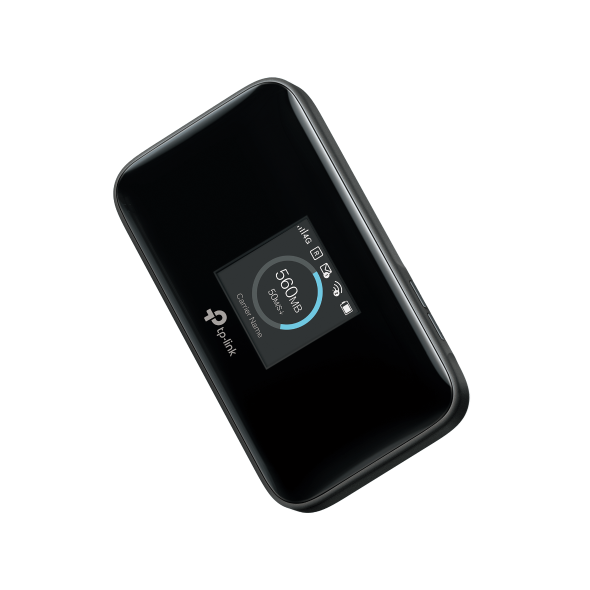Why does my TP-Link Mobile Wi-Fi device run out of battery quite fast and how to fix it?
M7000 , M7650 , M7350 , M7450 , M7400 , M7200 , M7750
Recent updates may have expanded access to feature(s) discussed in this FAQ. Visit your product's support page, select the correct hardware version for your device, and check either the Datasheet or the firmware section for the latest improvements added to your product. Please note that product availability varies by region, and certain models may not be available in your region.
Currently, the M7000/M7200/M7350 latest hardware version is with 2000 mAh battery, M7450/M7650 is with a 3000mAh battery. However, the actual battery time may vary due to different user environments, so some customers might feel that the battery drains quite fast and even think the battery is defective. Actually, the battery life is affected by the power consumption, larger power consumption, and shorter battery life. The power consumption will increase in the following conditions:
1) Poor LTE signal
Please check the network type and signal strength, if the signal is quite weak, please try to move it to somewhere else with a good 4G signal.
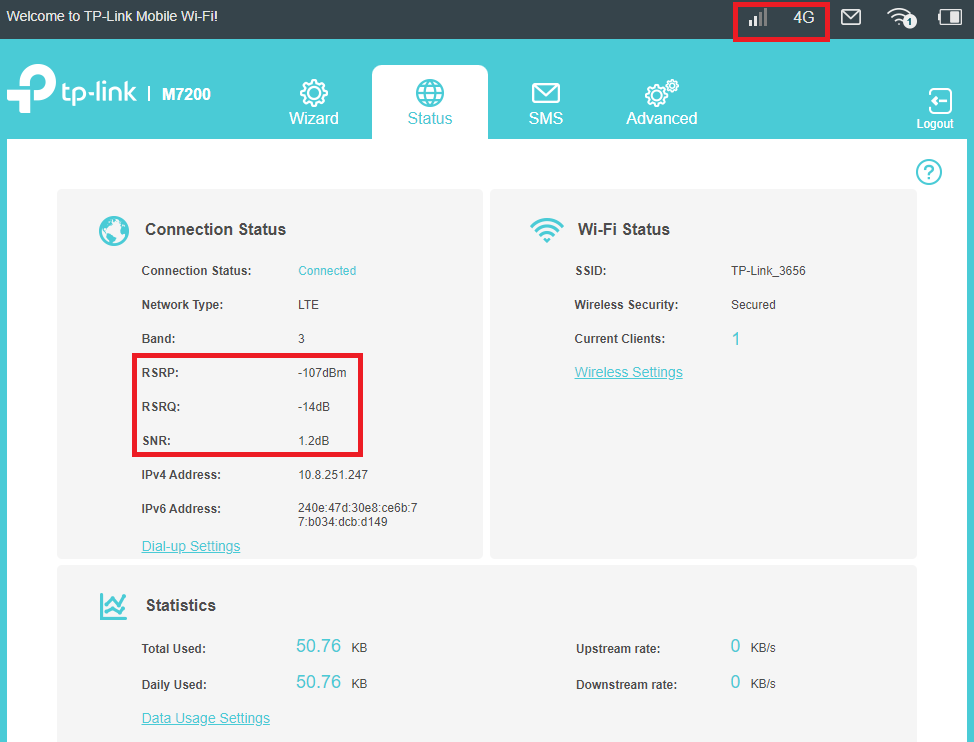
2) Working on a 4G band with higher power consumption
Please check which 4G bands are supported by the carrier base station nearby, some models support displaying the 4G band on the Status page or even support changing the 4G band manually, please check the current 4G band and try to change it to other bands manually if supported.
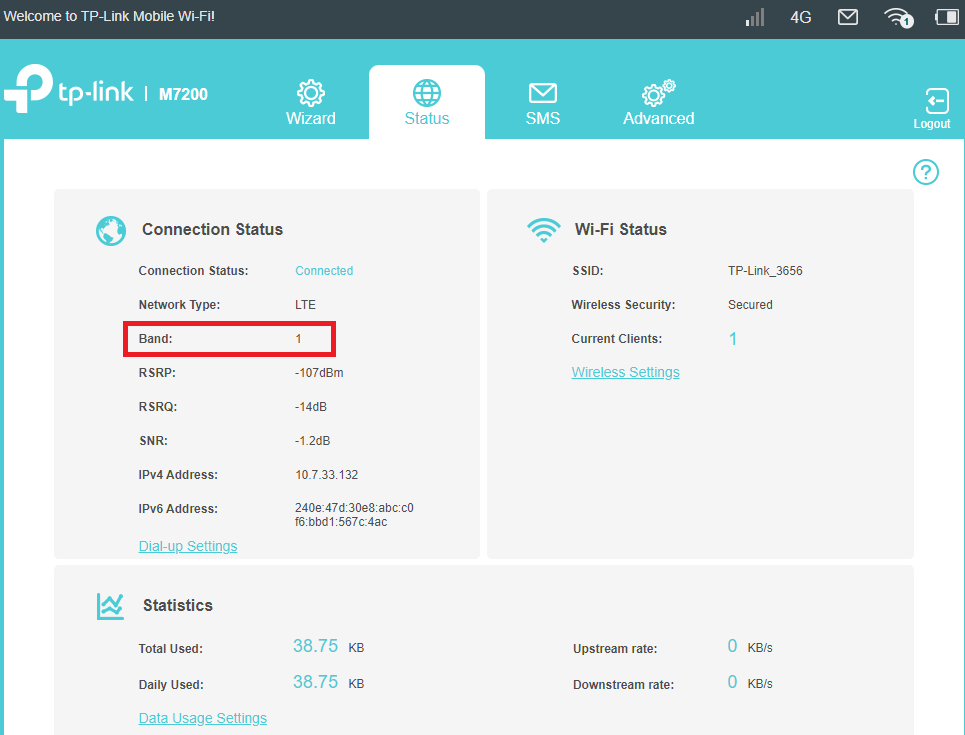
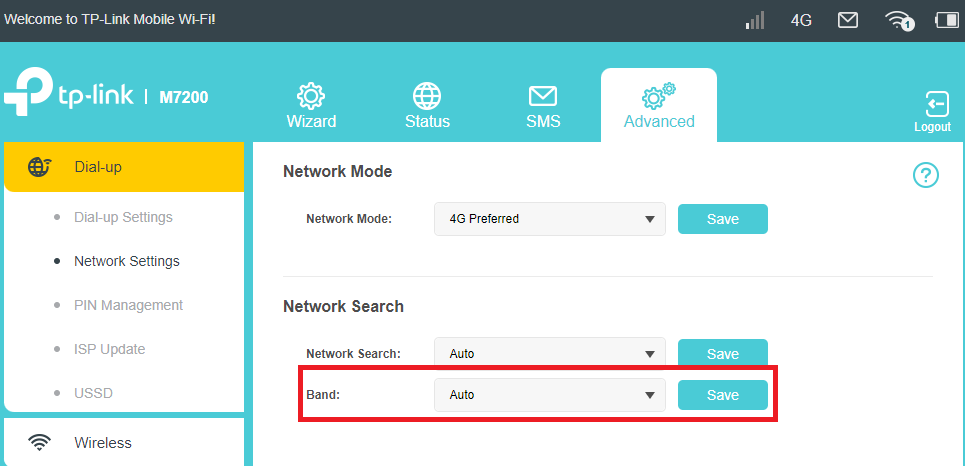
Note: Currently, only M7200 V2/V3, M7350 V5/V7 support displaying the 4G band and manual band selection
3) Too many clients are using the internet at the same time or some clients are using high-traffic operations such as large file downloading, streaming or gaming, etc.
Try to disconnect some client devices, and test again when client devices are only browsing the internet normally.
In addition, please make sure power saving mode is enabled, try to change WiFi Range to “Short” to save the power:
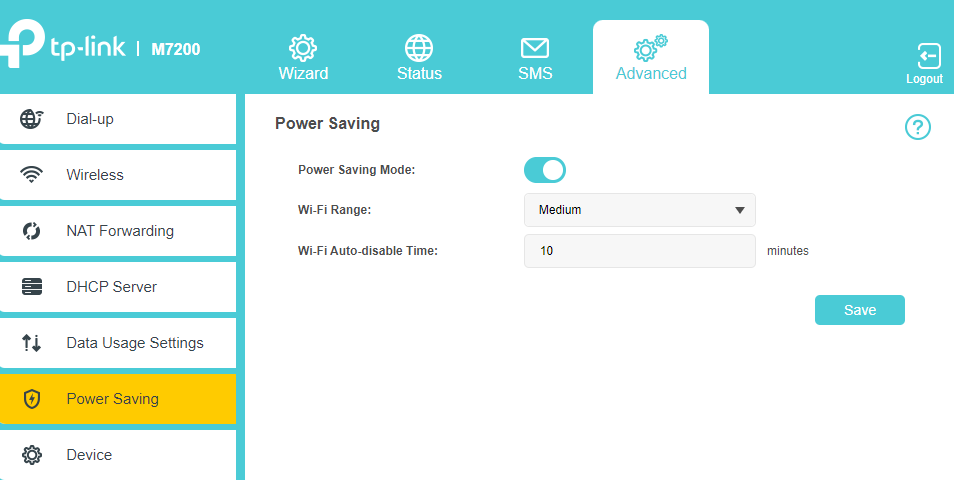
If there is still any problem, please contact TP-Link Technical Support and provide detailed information:
1. Model number, hardware version, and firmware version
2. Describe the issue in detail, location, and carrier name
3. Network Type and Signal Strength, SIM supported bands and bands working on the MiFi device
4. Whether Power Saving Mode is enabled and WiFi range has been changed to “Short”
5. When the device was purchased and when the problem started happening
6. SpeedTest results when connected to the Mobile Wi-Fi via USB connection and Wi-Fi
To get to know more details about each function and configuration please go to Download Center to download the manual of your product.
Finden Sie diese FAQ hilfreich?
Mit Ihrer Rückmeldung tragen Sie dazu bei, dass wir unsere Webpräsenz verbessern.
Was ist Ihr Bedenken bei diesem Artikel?
- Mit Produkt unzufrieden
- Zu kompliziert
- Irreführende Titel
- Betrifft mich nicht
- Zu ungenau
- Was anderes
Vielen Dank.
Vielen Dank für Ihr Feedback.
Von United States?
Erhalten Sie Produkte, Events und Leistungen speziell für Ihre Region
Diese Webseite verwendet Cookies, um die Websitenavigation zu verbessern, Online-Aktivitäten zu analysieren und die bestmögliche Nutzererfahrung auf unseren Webseiten zu haben. Sie können der Verwendung von Cookies jederzeit Widersprechen. Nähere Informationen finden Sie in unseren Datenschutzhinweisen.
Your Privacy Choices
Diese Webseite verwendet Cookies, um die Websitenavigation zu verbessern, Online-Aktivitäten zu analysieren und die bestmögliche Nutzererfahrung auf unseren Webseiten zu haben. Sie können der Verwendung von Cookies jederzeit Widersprechen. Nähere Informationen finden Sie in unseren Datenschutzhinweisen.
Diese Cookies sind zur Funktion der Website erforderlich und können in Ihren Systemen nicht deaktiviert werden.
TP-Link
accepted_local_switcher, tp_privacy_banner, tp_privacy_base, tp_privacy_marketing, tp_top-banner, tp_popup-bottom, tp_popup-center, tp_popup-right-middle, tp_popup-right-bottom, tp_productCategoryType
Youtube
id, VISITOR_INFO1_LIVE, LOGIN_INFO, SIDCC, SAPISID, APISID, SSID, SID, YSC, __Secure-1PSID, __Secure-1PAPISID, __Secure-1PSIDCC, __Secure-3PSID, __Secure-3PAPISID, __Secure-3PSIDCC, 1P_JAR, AEC, NID, OTZ
Analyse-Cookies ermöglichen es uns, Ihre Aktivitäten auf unserer Website zu analysieren, um die Funktionsweise unserer Website zu verbessern und anzupassen.
Die Marketing-Cookies können über unsere Website von unseren Werbepartnern gesetzt werden, um ein Profil Ihrer Interessen zu erstellen und Ihnen relevante Anzeigen auf anderen Websites zu zeigen.
Google Analytics & Google Tag Manager
_gid, _ga_<container-id>, _ga, _gat_gtag_<container-id>
Google Ads & DoubleClick
test_cookie, _gcl_au
Crazy Egg
cebsp_, _ce.s, _ce.clock_data, _ce.clock_event, cebs
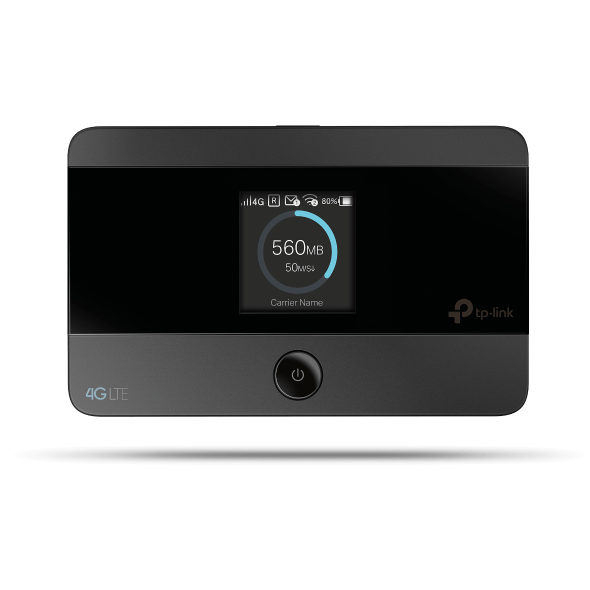
1.0_1559115652053o.jpg)
